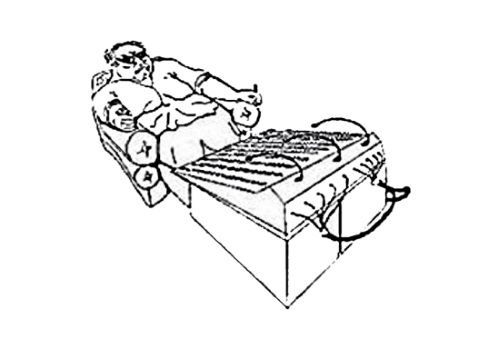Dear Old Soundman:
Recently I’ve been doing many more concerts where concert grand pianos are being played (and in some cases two at the same time) by very talented musicians.
My question is directed at providing the very best sound reinforcement possible in an outdoor environment for these pianos. I’ve tried a number of combinations, and last year did several shows using two Shure SM81 condensers.
I placed each a few inches over the strings, essentially horizontal (aiming down the strings towards the keyboard), with heavy foam windscreens to reduce wind noise, one each over the low strings and one on the high strings, and then mixed them together at the console.
Although they worked reasonably well, it seemed like I never could capture the “fullness” of the pianos like I would expect to. I’d be interested in any opinions on a better combination. Even after doing a lot of searching in books and on the web, I haven’t been too successful in finding any really useful guidance.
I’ve gotten some ideas about using two larger diaphragm condensers to get a “fuller” sound. In that vein, I’ve been mulling over procuring some AKG 441s to replace the SM81s, potentially using them simultaneously along with a Barcus-Berry unit on each piano frame to help fill out the overall sound.
Based on your experience, do you have any thoughts on good microphone types to use, where to position them in the piano, and whether it would be appropriate to use some outboard dynamic effects units to highlight and enhance the overall piano sound in a live mix? And, if you recommend any added effects, what typical settings would you use?
Thanks!
Pete
Hey Pete—
I’ll start by asking, “IS THE PIANO WIDE OPEN? THAT’S A PRETTY BASIC PART OF THE EQUATION, BRO! IS IT ON HALF STICK? WHAT, AM I SUPPOSED TO BE… A MIND READER?”
I have used, on pianos, every damn mic that exists on our lovely planet. I’ve experimented with using a dynamic mic on the lows and the condenser only on the highs. This can work well for monitor wedge purposes.
I will say this – you have to talk the people into going down to at least short stick. That way, you have half a chance, and I do mean half only, of creating a faint pressure area for your bass information to stick around in, so you can amplify it, instead of instantly dissipating out into the breeze.
Back when the bewigged ones were doing their minuets in the grand castles of Europe, THERE WERE NO STINKING MICROPHONES INVOLVED! No speakers, nothing. The purpose of the tall stick was to radiate sound all over the ballroom or theatre or bawdy house.
The tall stick is your enemy. Many tours go all the way down to closing the lid, and I favor that on a stage with a full band.
You will run into trouble with bigger diaphragm mics because the low frequency on them is what you would normally high-pass at an outdoor gig, right? Look into a mirror and repeat a hundred times, “I am not on the orchestra dubbing stage at a major motion picture studio.”
The C-ducer is a beautiful thing (and not prohibitively expensive) – you slap it onto the bottom of the piano, and it is your buddy of all time for channeling some nice thumpy lows that you can totally control. I guess you could compress those channels, but I never have.
I rely on my “exquisitely musical” ear and instinctive riding of the faders. You know, like we used to do back when WE WERE INVENTING THE WHEEL, MY YOUNG FRIEND! Seriously, you need to be able to listen and move the mics and the C-ducer strips around until you get the most even coverage possible. Either device will naturally accentuate the notes closest to it.
Pianos are what separate the adults from the cubs. There was a night with Dr. John opening for the Neville Brothers, when the venue guy started his mix, then the Nevilles’ guy got involved, and finally, the systems guy put them both to shame. He could really work that parametric. You can also dig yourself into a very ugly hole that way if you don’t analytically understand the piano’s frequencies.
Listen to a Diana Krall record. Al Schmitt is the man.
So, in my old age (don’t ask!), I try to think out what mic placement will work the best. An SM57 in the right place will sound better than a mega-buck mic in the wrong one.
Reverb? REVERB! OUTDOORS? Hang your head in shame. Just when you were doing so good. Little if any, pal of mine. Now go away.
On second thought, I’m not done.
Reverb! IF YOU LIKE THAT “DYING ELEPHANT” RESONATING FEEDBACK, JUST HEAP ON THAT REVERB! You kids. I need to wear my weight belt to take on the burden of what you do to my aching back.
Luv –
The Old Soundman
There’s simply no denying the love from The Old Soundman. Check out more from OSM here.





